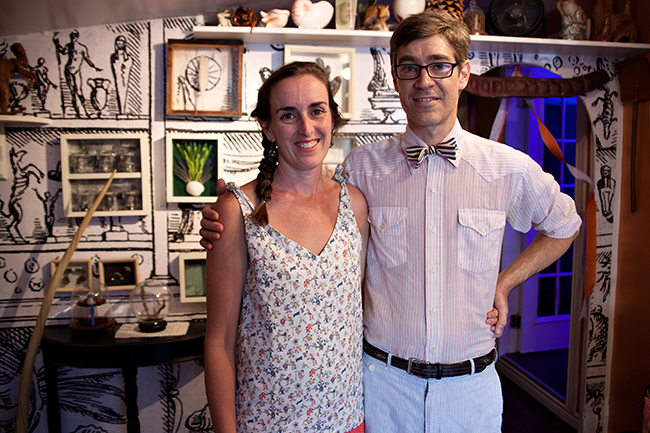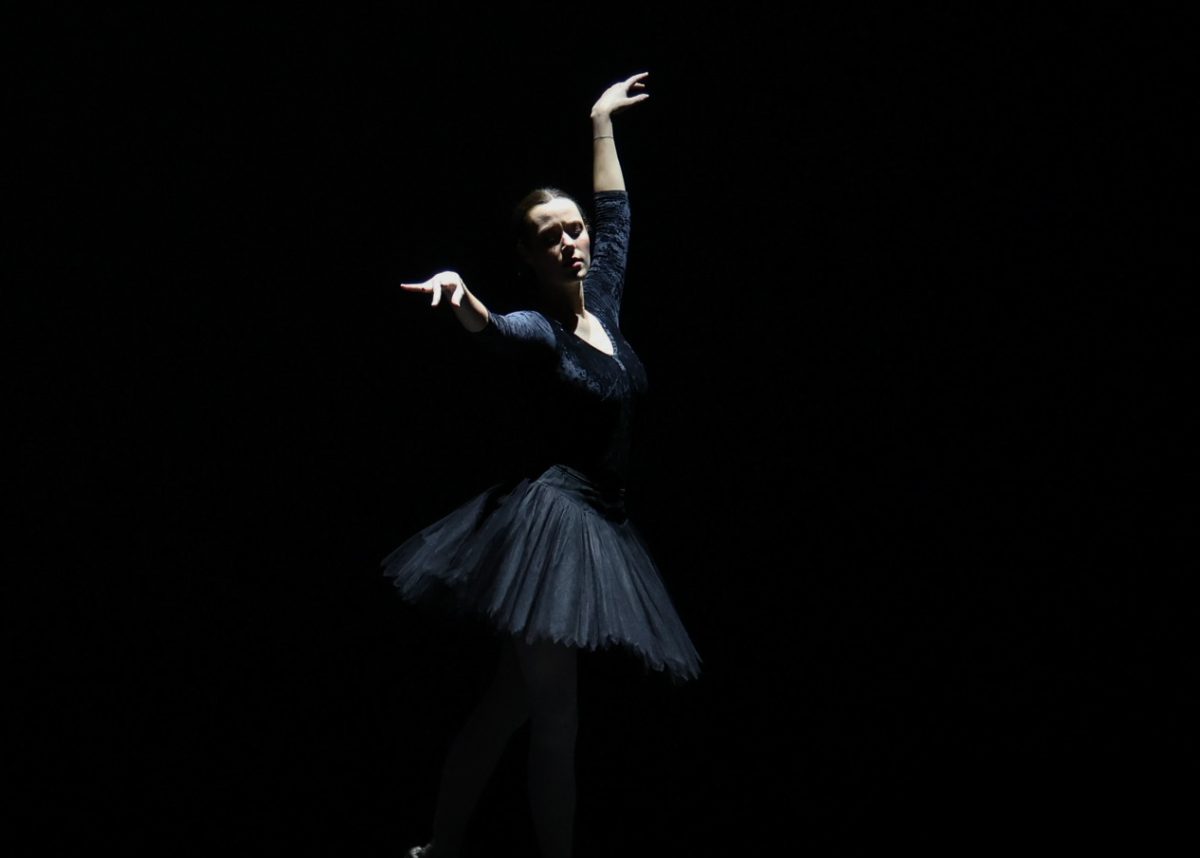A miniature glass bottle of collected eye boogers sits atop a shelf inside Scott and Jen Webel’s East Austin home. Across the room, a fetal pig floating in a jar of its own placenta rests on a ledge above a 4-foot narwhal tooth leaning against a cabinet.
Their home functions as a place to raise their two children as well as house the Museum of Natural & Artificial Ephemerata. The couple operates one of the few remaining in-home, family-run museums in America, offering weekly donation-based tours that explain the stories behind the eclectic arrays of trinkets, exotic artifacts and relics on display.
“[The museum] is a place where there are really tiny things that invite you to look in close, and then there are giant things that make you feel a little small,” Scott said. “It’s sort of enchanted in that way.”
Jen said ephemerata can be classified as anything with a lifespan, such as a cut flower. The museum provides a home for objects that would ordinarily not have one — from Marilyn Monroe’s last smoked cigarette to a leaf from the tree under which Buddha attained enlightenment.
From the outside, the Webels’ home blends in with the rest of the houses near East Martin Luther King Boulevard. Through a short cast-iron gate and a wall of protective cats, the house’s two front doors face the street. The door on the right leads into the couple’s home, and the one on the left reads “Museum,” indicating the exhibit’s entrance.
The museum is a single room with low ceilings, packed with oddities from all over the world. Jen said the items in their collection come from antique malls, eBay and friends. Some are donations from visitors who, after taking a tour, realized they had an object collecting dust in their attic that would fit in with the collection.
Austinite Arlie Melo visited the museum last weekend and said it reminds her of the old, weird Austin.
“Everywhere that you turn, there is something either beautiful or terrifying,” Melo said.
Scott said the museum’s original curators — his great grand-uncle and partner — opened the museum in 1921. But after his death in the 1940s, the contents of the museum were boxed up and moved to Scott’s grandmother’s house, where they remained until 1999, when Jen and Scott unearthed them.
The couple, who lived in Tucson, Arizona, at the time, decided to reopen the museum for a community art walk that same year. When they moved to Austin two years later, they brought the museum with them.
“It started out just for fun — a little creative side project,” Jen said. “It could be whatever we wanted, and if we didn’t want to be open, we didn’t.”
Their first Austin location stood between fraternity houses in West Campus. Scott said right away they started meeting other collectors and noticing the city’s support for informal art environments, such as the Cathedral of Junk or Casa Neverlandia.
“It was really easy to get established here,” Scott said. “We found this amazing, thriving culture of people who were making art environments out of their homes in a really informal way.”
The museum has grown since its early 20th century origins from the dozen items hiding in Scott’s grandmother’s shed to the extensive collection of taxidermy, celebrity relics and world fair memorabilia that it is today. Scott said the underlying theme of preserving endangered modes of collecting remains the same.
“I think there is a sense of preserving my family heirlooms,” Scott said. “But more than that, [preserving] the worlds that these objects were collected from.”





















